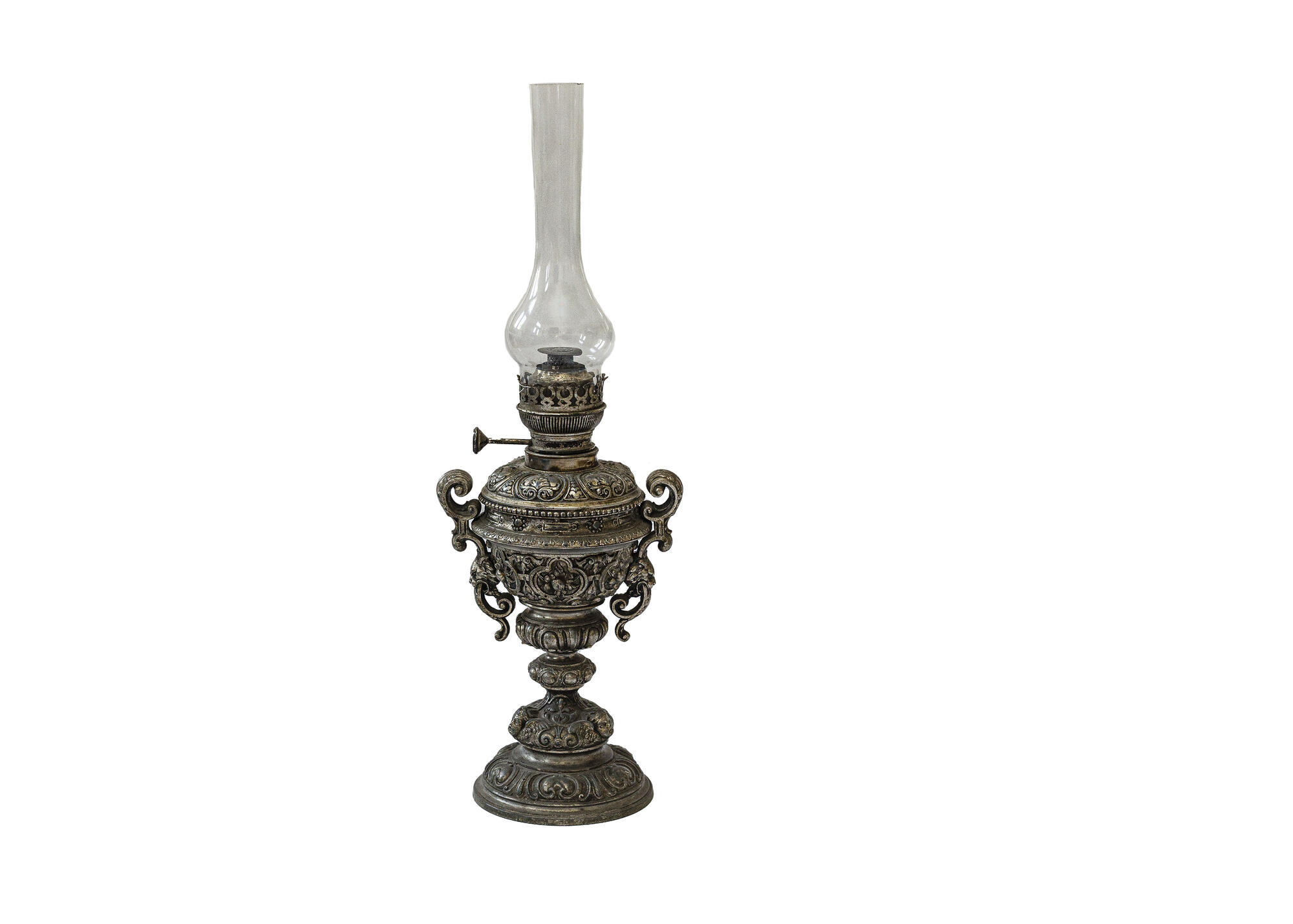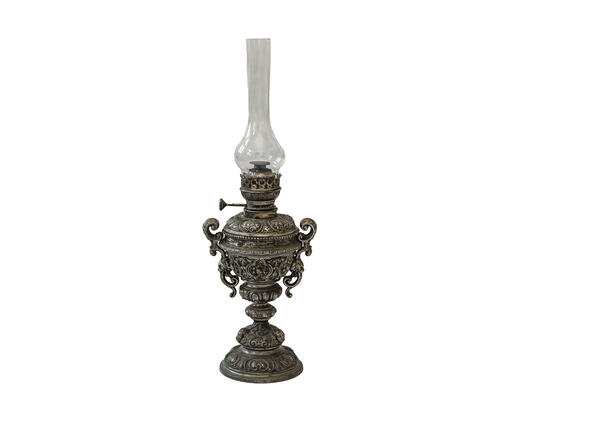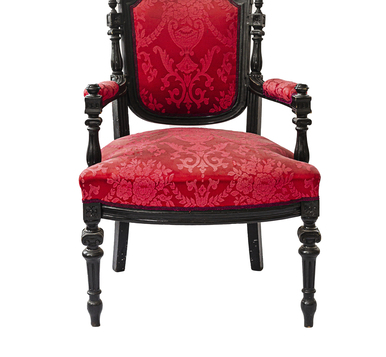A kerosene lamp is a lamp that uses kerosene as a fuel. Such lamps were popular in the 19th century — the early 20th century, later they were replaced by electric light sources.
Polish pharmacist Ignacy Lukasiewicz invented the first kerosene lamp in 1853. It was a cylinder made of thick tin. The lower part of the device had a vessel with kerosene and the upper part had a glass that covered the burning wick. At that time people did not understand the properties of kerosene, and at first, its use for lighting the rooms caused many fears. It soon became clear, however, that the light from a kerosene lamp was much brighter than that from an oil lamp. In addition, the first “kerosinkas” (short name of a kerosene lamp in Russia) replaced several dozens of wax candles. Therefore, they quickly became part of the everyday life of Europeans.
The light intensity depended on the size of the wick. Its width was measured in liniyas, which was the Old Russian and English measure of length. One liniya was equal to about three millimeters. The size of the wick was usually stamped on the top of the lamp glass, so popularly kerosene lamps were called “eight-liniyas”, “twenty-liniyas” and so on.
In the second half of the nineteenth century, many workshops opened for the production of kerosene lamps. They were made of a variety of materials and richly decorated so that the lamps could easily fit into any interior. Wealthy people bought lamps made of porcelain, glass, and gold, while poor townspeople and peasants could afford iron or cast-iron “kerosinkas.”
In wealthy households, lamps were successfully “masked” with large porcelain vases. They hid the metal tank with fuel, and only the burner itself remained outside the vase. An additional metal structure supported a glass lampshade, which softened the too-bright light. The Imperial Porcelain Factory and some private porcelain factories produced porcelain lamp vases of that type.
By the end of the 19th century, Andrey Bolotin’s Klyuchinsky crystal glass factory in the Tver governorate began to specialize in the production of kerosene lamps in Russia. The enterprise was founded as a chemical factory, but since 1873, it was engaged in the production of artistic colored glassware. In 1882, the owner of the factory received a gold medal at the All-Russian Art and Industry Exhibition in Moscow “for the good quality of the painted glass mass, kreoline mass (opaque glass) for lighting devices, a large selection of items and moderation in prices.”
The lamp displayed at the exhibition was made by the Polish Joint-Stock Company of lamps, burners, and metal ware “Brunner Brothers, Hugo Schneider and Rudolf Dietmar, ” based in Warsaw.
Polish pharmacist Ignacy Lukasiewicz invented the first kerosene lamp in 1853. It was a cylinder made of thick tin. The lower part of the device had a vessel with kerosene and the upper part had a glass that covered the burning wick. At that time people did not understand the properties of kerosene, and at first, its use for lighting the rooms caused many fears. It soon became clear, however, that the light from a kerosene lamp was much brighter than that from an oil lamp. In addition, the first “kerosinkas” (short name of a kerosene lamp in Russia) replaced several dozens of wax candles. Therefore, they quickly became part of the everyday life of Europeans.
The light intensity depended on the size of the wick. Its width was measured in liniyas, which was the Old Russian and English measure of length. One liniya was equal to about three millimeters. The size of the wick was usually stamped on the top of the lamp glass, so popularly kerosene lamps were called “eight-liniyas”, “twenty-liniyas” and so on.
In the second half of the nineteenth century, many workshops opened for the production of kerosene lamps. They were made of a variety of materials and richly decorated so that the lamps could easily fit into any interior. Wealthy people bought lamps made of porcelain, glass, and gold, while poor townspeople and peasants could afford iron or cast-iron “kerosinkas.”
In wealthy households, lamps were successfully “masked” with large porcelain vases. They hid the metal tank with fuel, and only the burner itself remained outside the vase. An additional metal structure supported a glass lampshade, which softened the too-bright light. The Imperial Porcelain Factory and some private porcelain factories produced porcelain lamp vases of that type.
By the end of the 19th century, Andrey Bolotin’s Klyuchinsky crystal glass factory in the Tver governorate began to specialize in the production of kerosene lamps in Russia. The enterprise was founded as a chemical factory, but since 1873, it was engaged in the production of artistic colored glassware. In 1882, the owner of the factory received a gold medal at the All-Russian Art and Industry Exhibition in Moscow “for the good quality of the painted glass mass, kreoline mass (opaque glass) for lighting devices, a large selection of items and moderation in prices.”
The lamp displayed at the exhibition was made by the Polish Joint-Stock Company of lamps, burners, and metal ware “Brunner Brothers, Hugo Schneider and Rudolf Dietmar, ” based in Warsaw.



